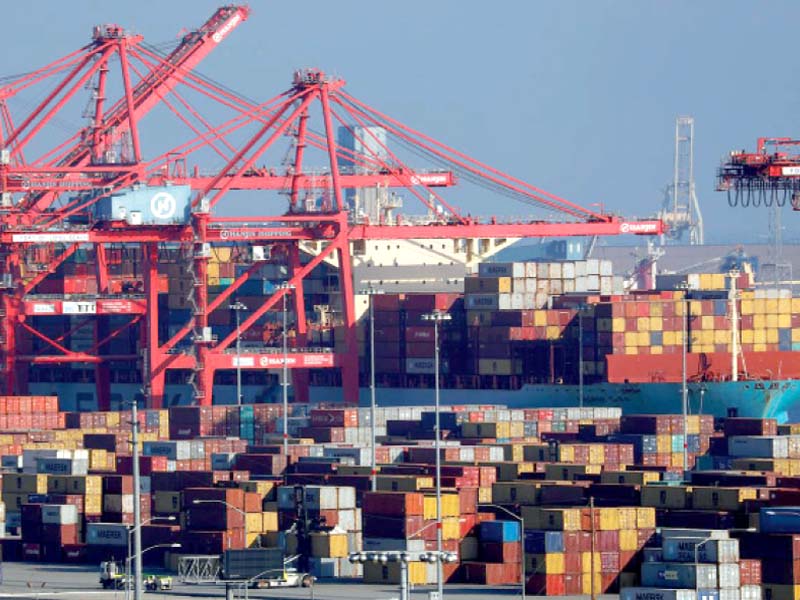
Do you know why the US, China, the UAE, the UK, Germany, the Netherlands, Afghanistan, Spain, Italy and Belgium are all very important for Pakistan?
Currently, they constitute the list of top 10 growing export markets for Pakistan. According to the Trade Development Authority of Pakistan (TDAP), Pakistan’s merchandise exports to these countries grew between 5% (Italy and Belgium) and 101% (the UAE) in the first quarter of FY21.
In global trading, religions don’t matter and geopolitics matter only to some extent. What actually does matter in external trade is the principle of demand and supply and the underlying needs of buyer and seller countries.
This is only to suggest that Pakistan needs to maintain and focus more on the market-driven model for boosting its merchandise exports. But that requires an in-depth analysis of the opportunities of exports in global markets and the development of a truly responsive strategy to exploit such opportunities aptly.
The problem with a majority of Pakistan’s exporters is that they seldom explore newer markets or newer segments of markets. Another, and bigger, problem is that very few of them are capable of exploiting new export opportunities regardless of whether they are new in terms of market location, in terms of new specific product lines, or in terms of opportunities for becoming a more integral part of the global supply chain.
Unless exporters change this attitude – with effective, target-oriented support of the government, Pakistan’s export growth would remain sluggish or at best moderate at better times. That’s why, in the last 19 years, Pakistan’s total export earnings (including goods and services exports) only tripled to $28.15 billion in 2019 from $9.94 billion in 2000.
During this period, India’s total exports surged from less than $61 billion to more than $528 billion; Bangladesh’s exports shot up from $6.6 billion to $46.4 billion and Vietnam’s exports swelled from $16.8 billion to $279.7 billion, according to the World Bank statistics.
Read: PM stresses export-oriented industries in SEZs
Global value chains
It is true that the erratic nature of diplomatic relationship with the global economic powers sometimes makes it difficult for Pakistan’s exporters to penetrate deeper into the existing export markets and diversify as easily as other countries do.
However, that does not mean that the exporters should sit idle. If the exporters become a more integral part of the global supply chains of food, chemicals, textiles, machinery and leather products, they can continue to boost exports to the existing markets and start exporting to newer markets as well.
Secondly, even in case of such countries or trading blocs where Pakistan has long been enjoying friendly relationship like China (forever) and the US, UK, EU and Gulf Cooperation Council (for extended periods of times barring a few difficult years), Pakistani exporters have not been able to capture a significant share in export markets.
Why? Because exports to China have failed to beat domestic industrialists in terms of cost, exports to the US, UK and EU cannot meet their high standards, and exports to the GCC remain confined mostly to food items – most notably rice, meat, seafood, fruits and vegetables.
In 11 months of current fiscal year (July 2020 to May 2021), Pakistan’s merchandise exports grew 14% to $22.563 billion. Full-year exports are expected to cross the $24.5 billion mark or even reach close to $25 billion.
Regardless of the fact that this year’s export growth is primarily the result of last year’s low base, $25 billion worth of merchandise export earnings are too low for a country like Pakistan with a population of about 220 million and gross domestic product (GDP) of around $300 billion. Let’s have a quick look back at the list of top 10 countries where Pakistan’s exports have recorded growth. These are the US, China, the UAE, the UK, Germany, the Netherlands, Afghanistan, Spain, Italy and Belgium.
Except for Afghanistan, which country in this list offers opportunities for exporting low value-added goods? None. So, why Pakistan’s export earnings from other nine countries will grow at a decent rate for an extended period of time, if we don’t export high value-added goods or become an integral part of the global supply chain whose high value-added goods land there?
Are we partnering with global manufacturing giants in textile, food, chemicals, sport goods, surgical items and household electronics? Unless we start feeding regional and global value chains of these lines of products with inputs – from raw material to early-stage processing to mid and final-stage processing as the case may be, we cannot capture even a tiny share of these nine countries.
Read more: SBP relaxes regulations for goods export
Special product lines
Another point to ponder is: What Pakistan is doing to boost its exports to GCC countries, Central and East Asian countries, African countries and those European countries that are not on the above list of top 10 growing export markets.
Pakistan will have to develop special product lines, or refine the existing ones, for this purpose. In case of GCC, for example, why Pakistan has so far not been able to export camel meat and milk, which is in high demand there?
In case of Central and East Asian nations, why Pakistan has not been able to export high value-added food products along with men and women clothing that suits their culture?
Why we have not been able to export agricultural machinery and household electronic items to African markets where demand for them is on the rise?
And why exports to other European countries (minus the UK, Germany, the Netherlands, Spain, Italy and Belgium) not constitute a fraction of their total requirements?
The reason is that we have failed to develop export items that fulfil specific needs of those markets. And, we have failed to remain competitive even in areas of exports where we have found niche markets.
The writer is a mechanical engineer and is doing masters
Published in The Express Tribune, June 21st, 2021.
Like Business on Facebook, follow @TribuneBiz on Twitter to stay informed and join in the conversation.




1725967717-0/Untitled-design-(3)1725967717-0-165x106.webp)

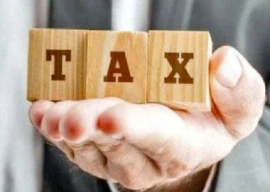
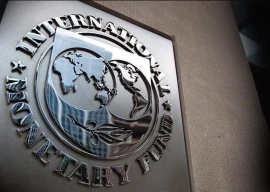


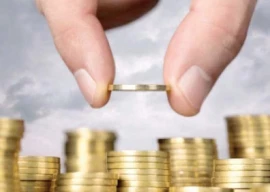

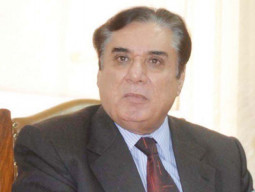

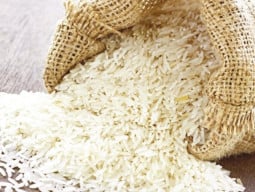
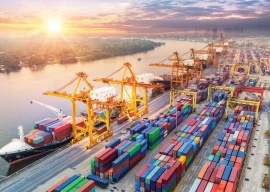






COMMENTS
Comments are moderated and generally will be posted if they are on-topic and not abusive.
For more information, please see our Comments FAQ